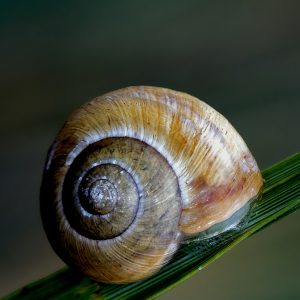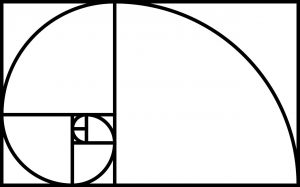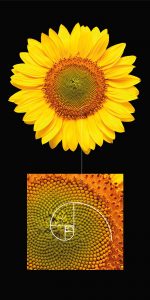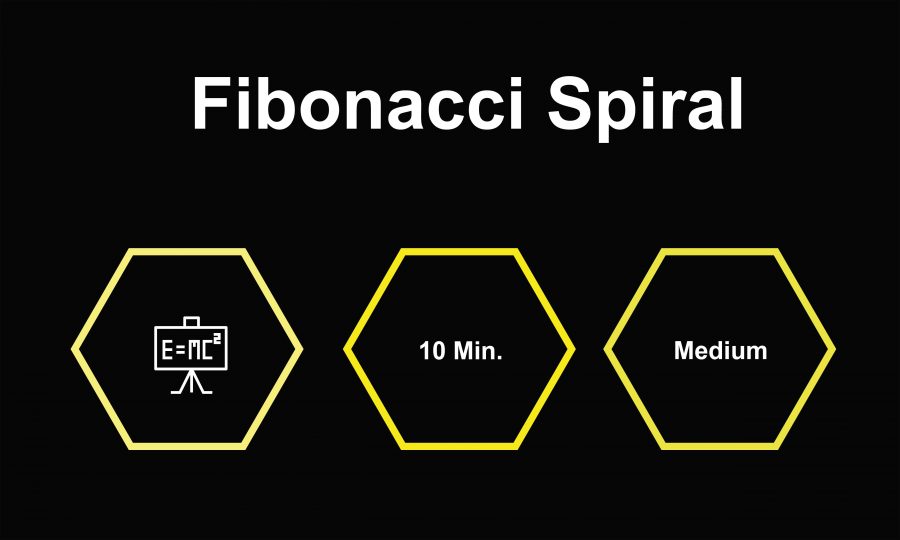The Fibonacci Spiral
The Implemented Mathematics
Do you want to find out about the elements and natural patterns, found in your AI Blossom? Can you for example find the fibonacci spiral? You will for sure after this tutorial!
The AI Blossom is a flower that was inspired by nature. The Fibonacci series is an infinite sequence of natural numbers, which starts with twice the number 1 or with a leading number 0.
The numbers contained within it are called Fibonacci numbers. The sequence is named after Leonardo Fibonacci, who described the growth of a rabbit population in 1202. However, the sequence was already known to both the Greeks and the Indians in ancient times.

lkpro/Shutterstock.com
The Pattern Of Nature
Further research showed that the Fibonacci sequence also describes numerous other processes in nature. It appears to be a kind of natural growth pattern.
The Fibonacci figures have some remarkable mathematical features: Because of the relationship to the previous and following number, growth in nature seems to follow an addition law. The Fibonacci sequence is directly related to the golden ratio. The further one progresses in the sequence, the closer the quotient of consecutive numbers approaches the Golden Section (1.618033…) (for example, 13:8 = 1.6250; 21:13 ≈ 1.6154; 34:21 ≈ 1.6190; 55:34 ≈ 1.6176; etc.).

The Golden Ratio
What is the golden ratio? It has many names: golden section, golden ratio, golden mean, divine portion, etc. It has been described by different groups of people as many things and can be found in various natural phenomena. A lot of them have been discovered and rediscovered in the course of our evolutionary history.
The golden ratio, or phi, is found in both nature and human construction.

Ian 2010/Shutterstock.com
The STEAM Background
STEAM is an educational curriculum that teaches across disciplines and combines the following fields:
S – Science
T – Technology
E – Engineering
A – Arts
M – Mathematics
AI Blossom covers all STEAM aspects. In this tutorials we will explain the scientific and biological background and mathematical phenomenas that are found in nature.
In the posts we will explain the principles and components used. The mechanical structure, stepper motors in general, as well as the basics in coding and the use of proximity sensors are covered.

